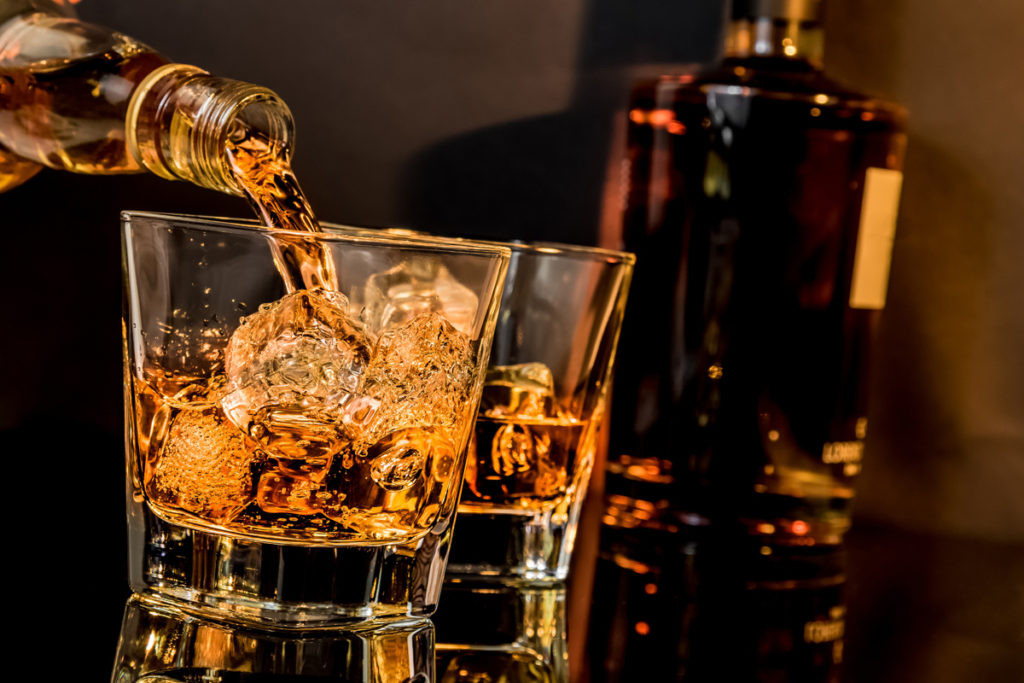
Bourbon “101” is an apt title when one considers Wild Turkey’s flagship Wild Turkey 101 and Jack Daniels 100, but there’s more to this fine liquor category than just its often very high proof. Now don’t let the fancy snifters and many options intimidate you, we’ve got the low down that will have you serving it at your home bar proudly. By definition, Bourbon (aka Bourbon Whiskey) must, by law, be produced in the U.S. It is comprised of at least 51% corn, aged in new, charred oak containers, distilled to no more than 160 proof (80% alcohol by volume), entered into the barrel for aging at no more than 125 proof (62.5% alcohol by volume), and bottled at 80 proof or above. While some of the best bourbon comes from Kentucky, there is no mandate that it has to. While there is no “standard” bourbon, one made with a three-grain mash bill including corn, rye and malted barley (roughly 65-75% corn, 10-20% rye, and 5-15% malted barley) is common. The next category is wheated bourbon, which swaps out the rye in favor of wheat, while typically maintaining the same ballpark of mash bill ratios. The result is a smooth, sweet sipper such as Maker’s Mark and Pappy Van Winkle. High-rye bourbons feature corn, rye and barley, while upping the rye content, anywhere from 20% to nearly 40%. This is a spicier and sometimes richer bourbon, such as Four Roses, Bulleit and Old Forester. It’s rare for the big distillers to use both wheat and rye, but some craft distilleries use both grains as part of a four-grain mash recipe. Triticale, millet, oats and other grains are sometimes used as well. As Bourbon only needs to have corn to be legal, there are even several 100% corn bourbons on the market. Happy sipping!
Titillating Tastes
There is no right way to drink bourbon: on the rocks, straight, with a twist of lemon, in a mint julep. All good. Tasting it, however, is another matter. Start with the appearance. Is it clear? Cloudy? Light amber or dark mahogany? Age, proof and filtration methods all affect appearance. The aroma is a vital part of a tasting, so place your nose just above the glass and sniff. Now it’s time to take a generous mouthful and “chew” it. The chewing motion moves the bourbon around to coat the tongue over all the taste receptors: sweet, bitter, sour and salty. After you’ve swallowed, how’s the finish? How long does it last? What tastes and textures did you notice? Did you get a Jim Beam nicknamed “Kentucky Hug” (a warm sensation in your upper body after swallowing)? Take note and drink up.











